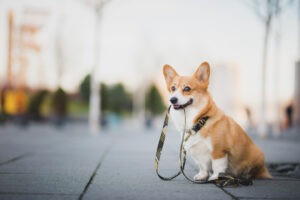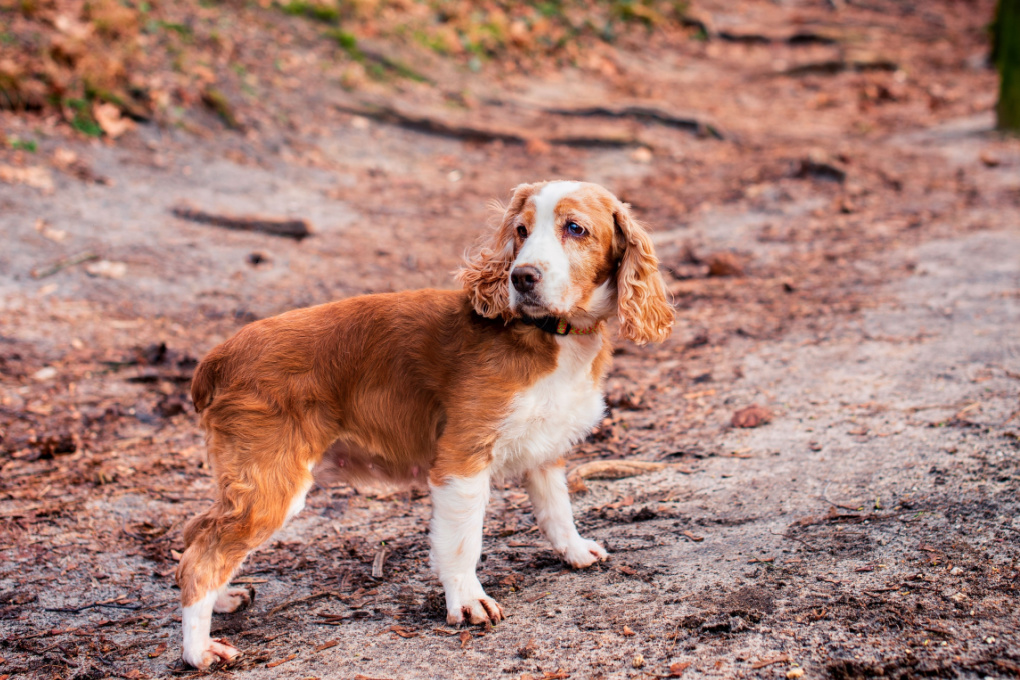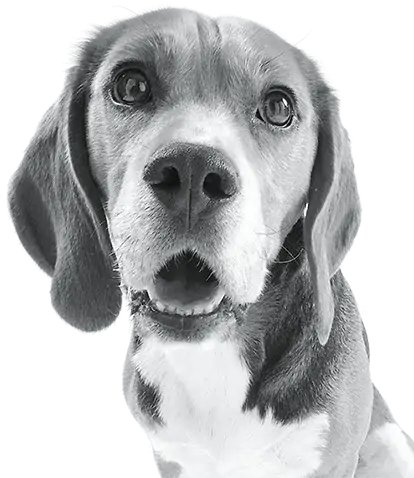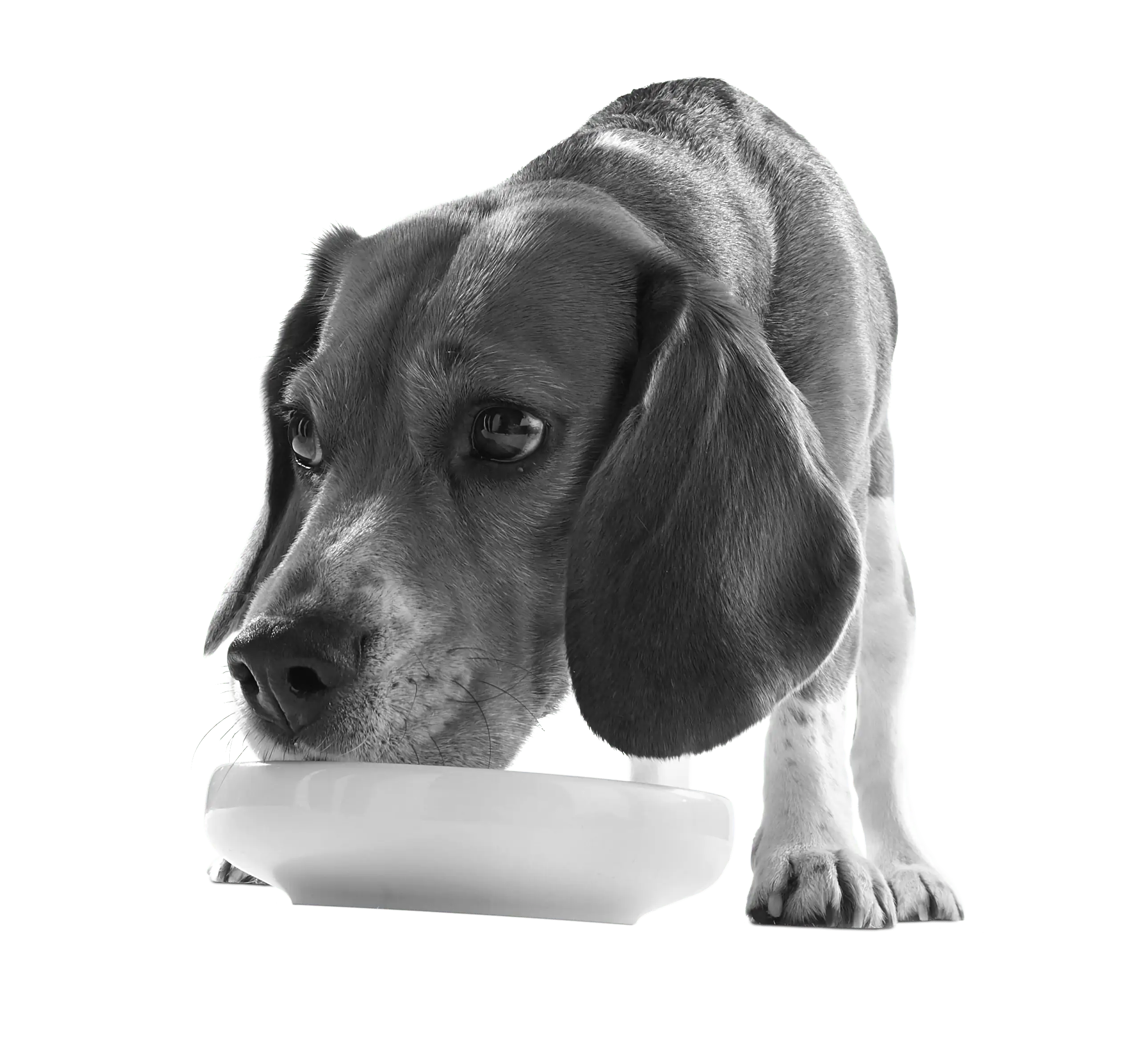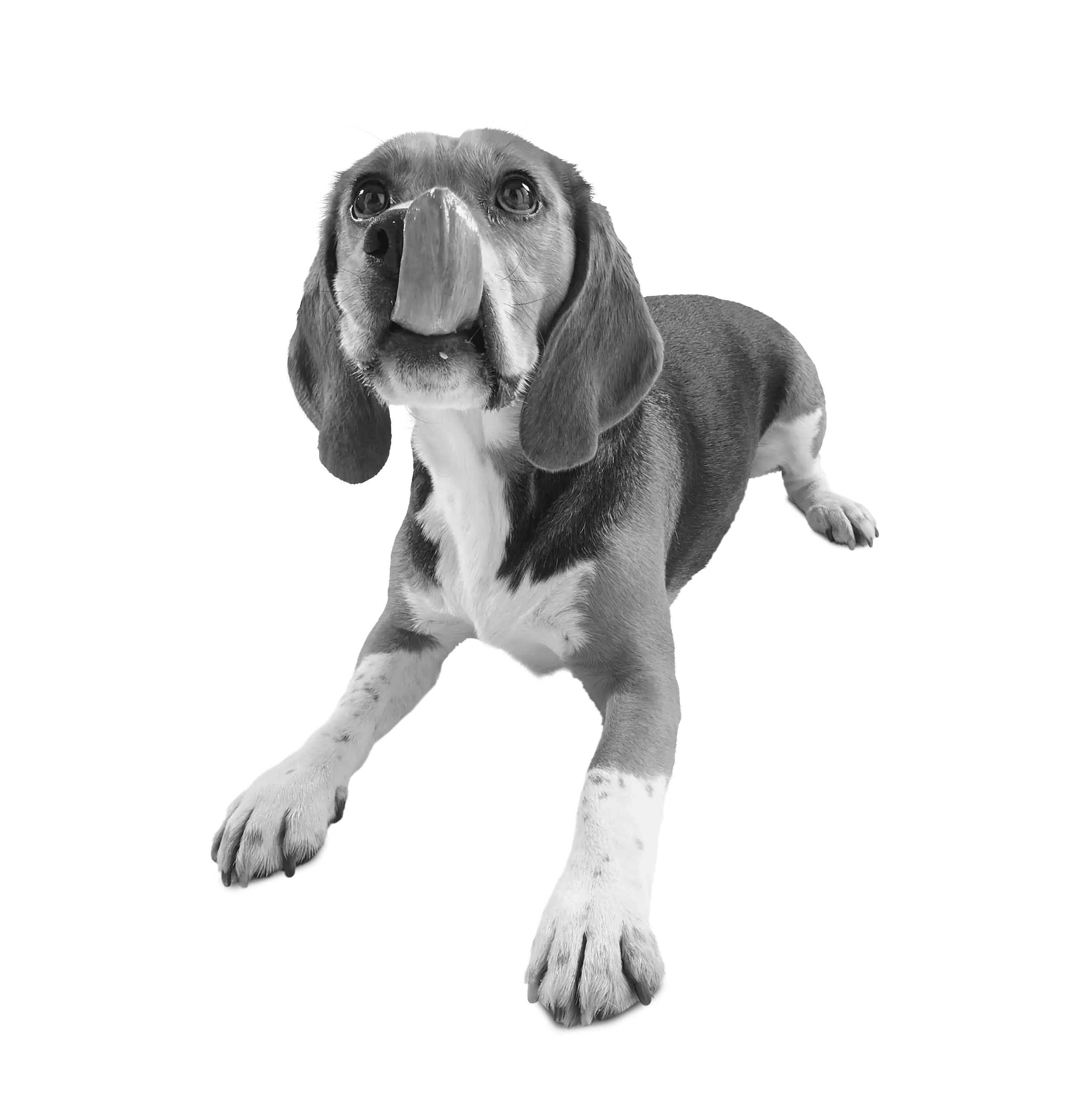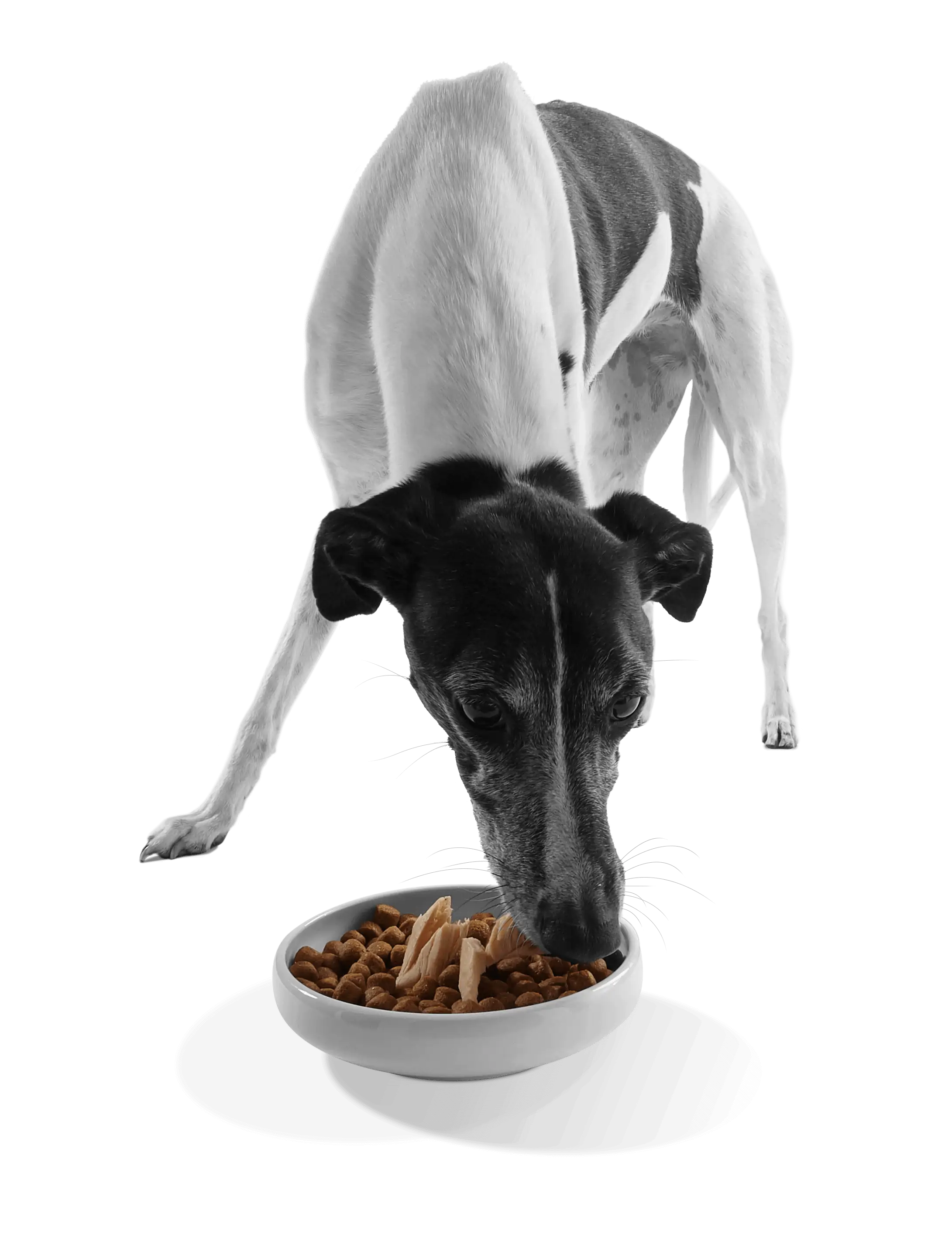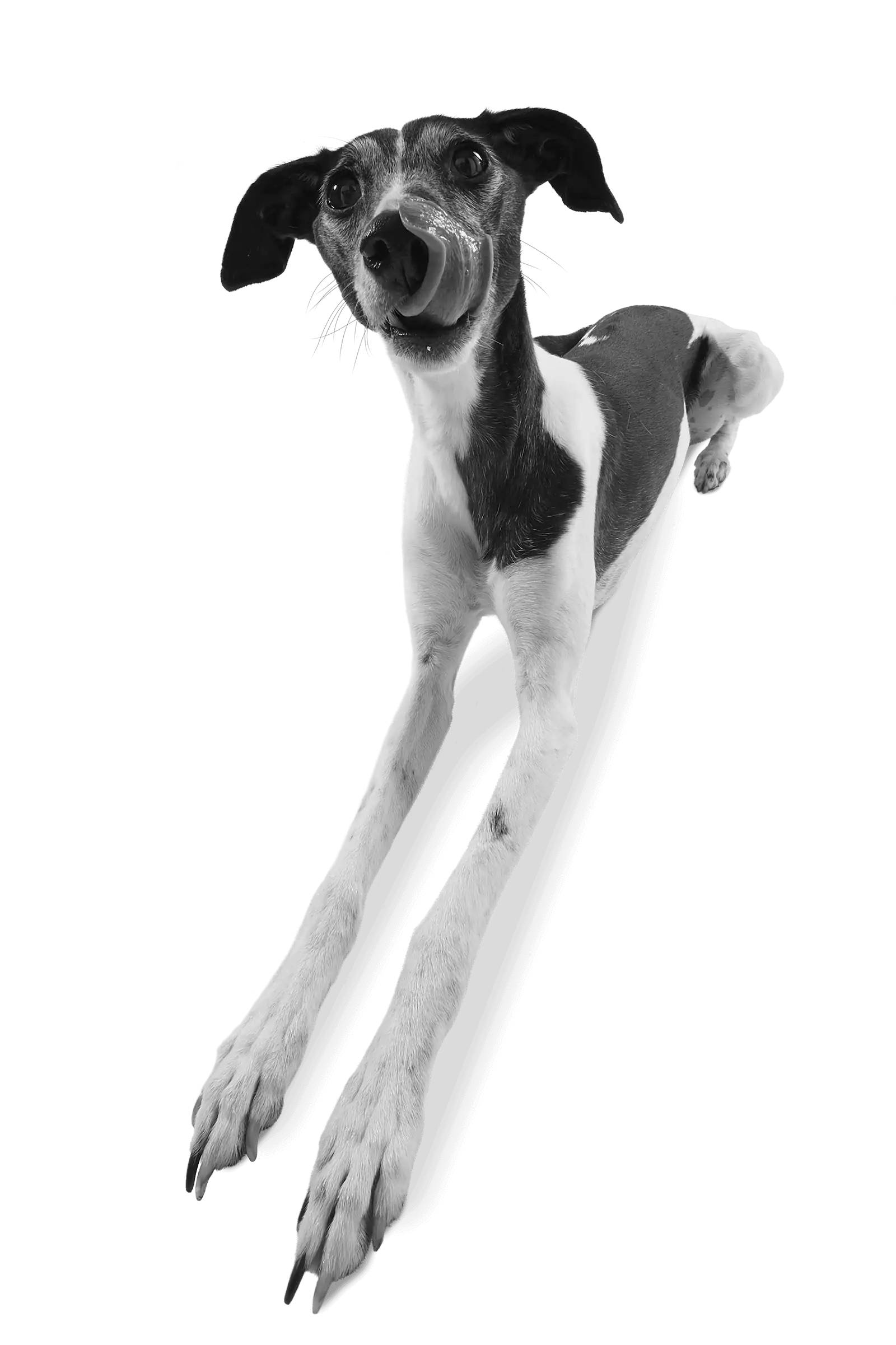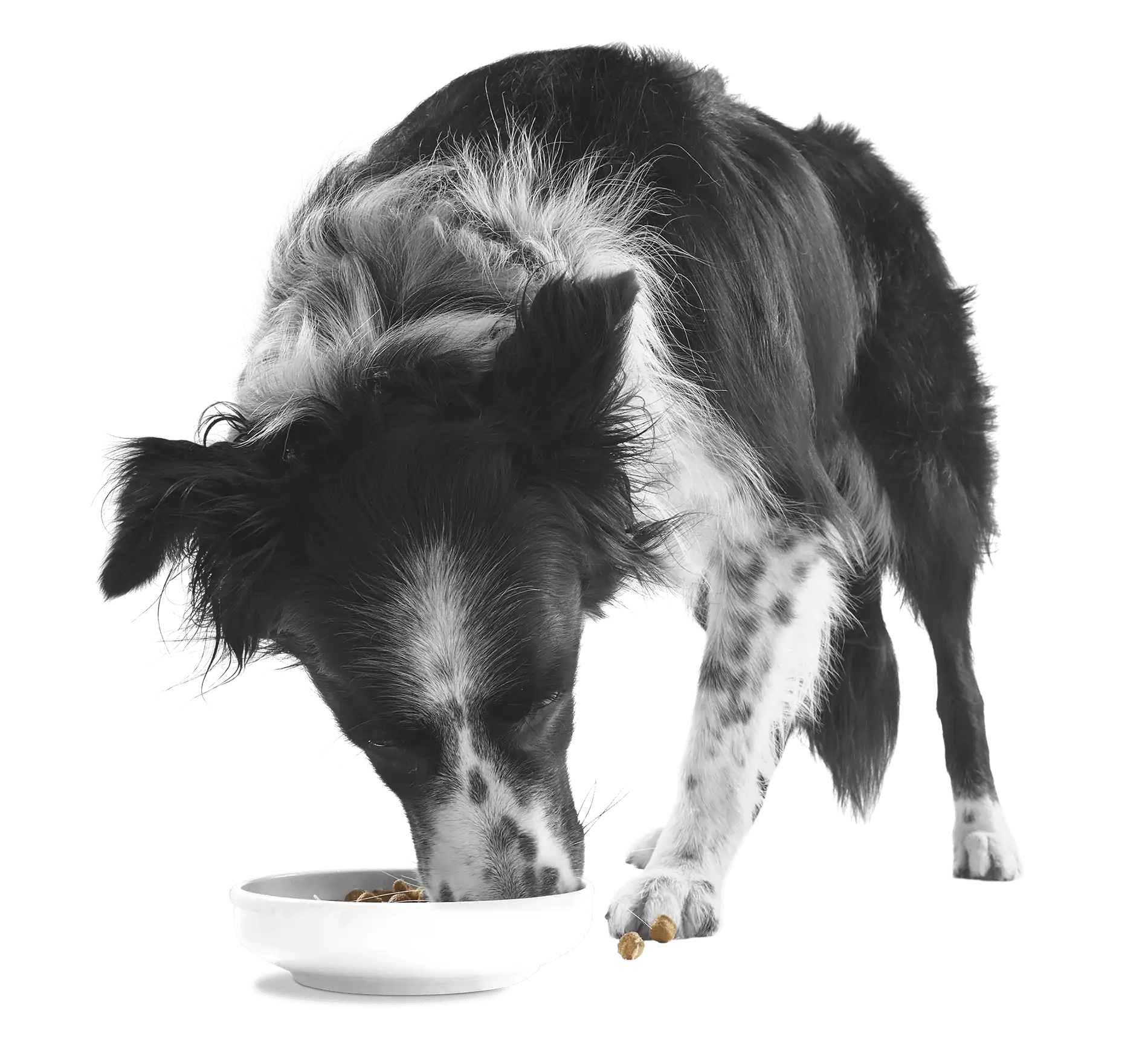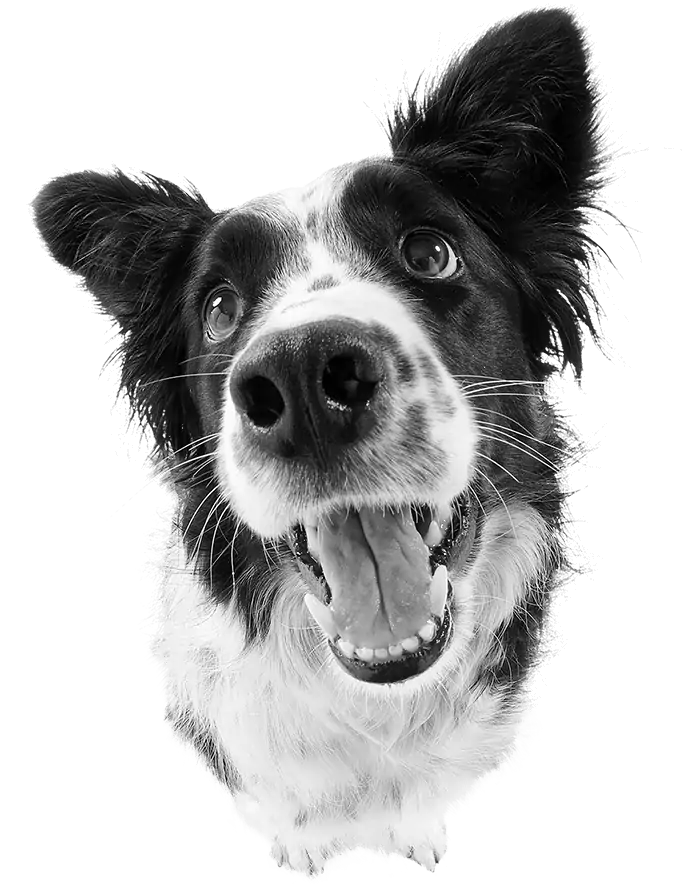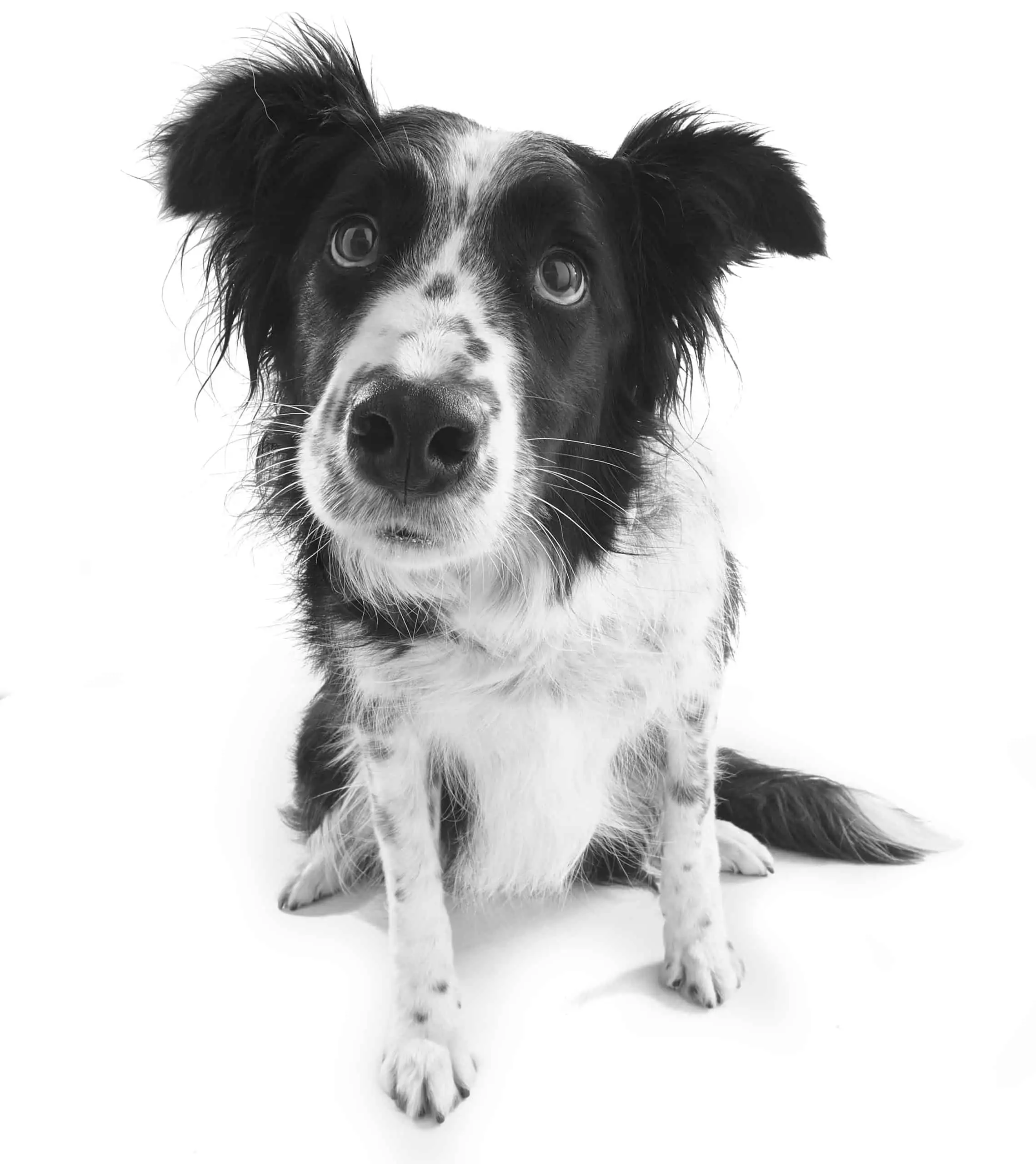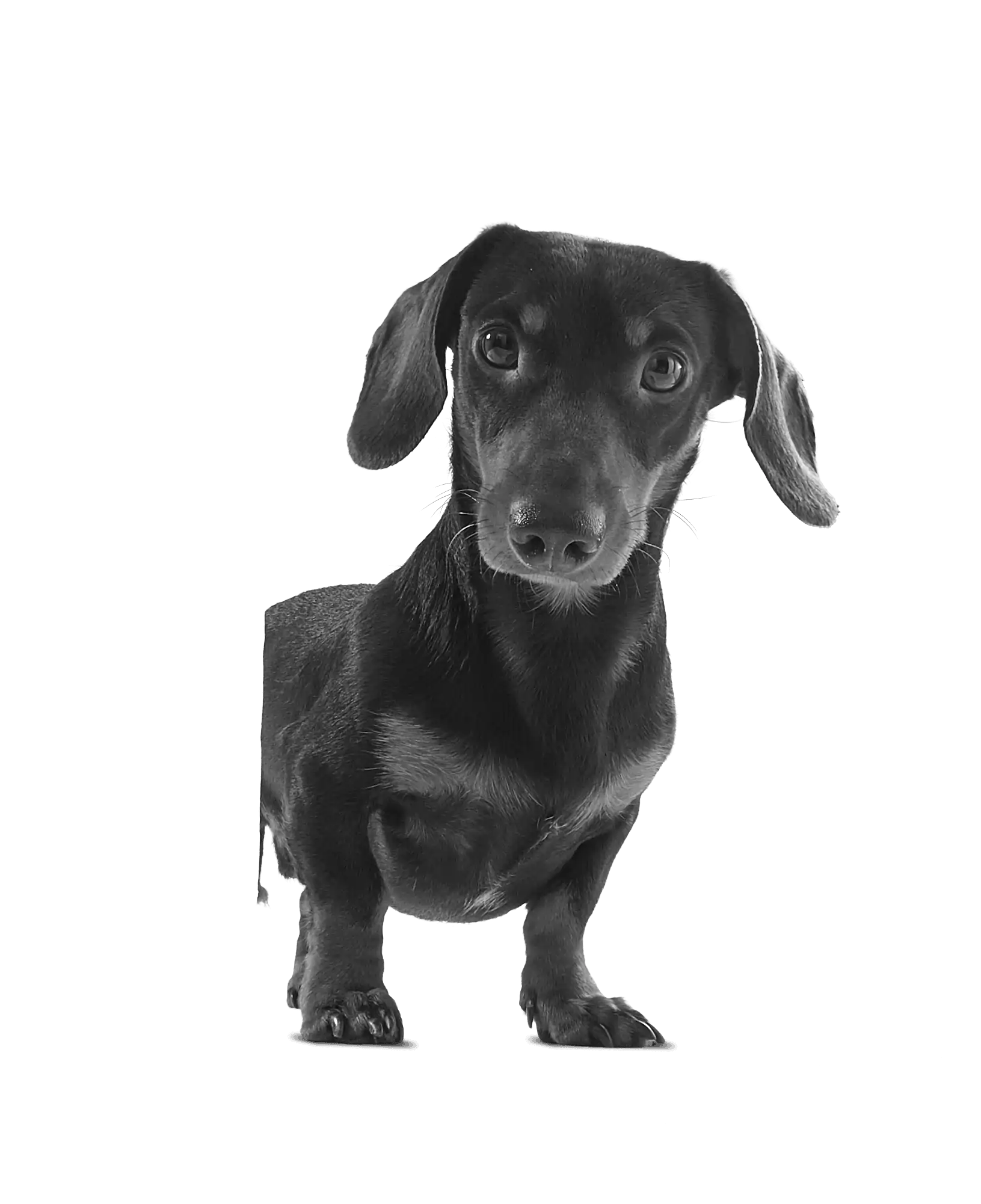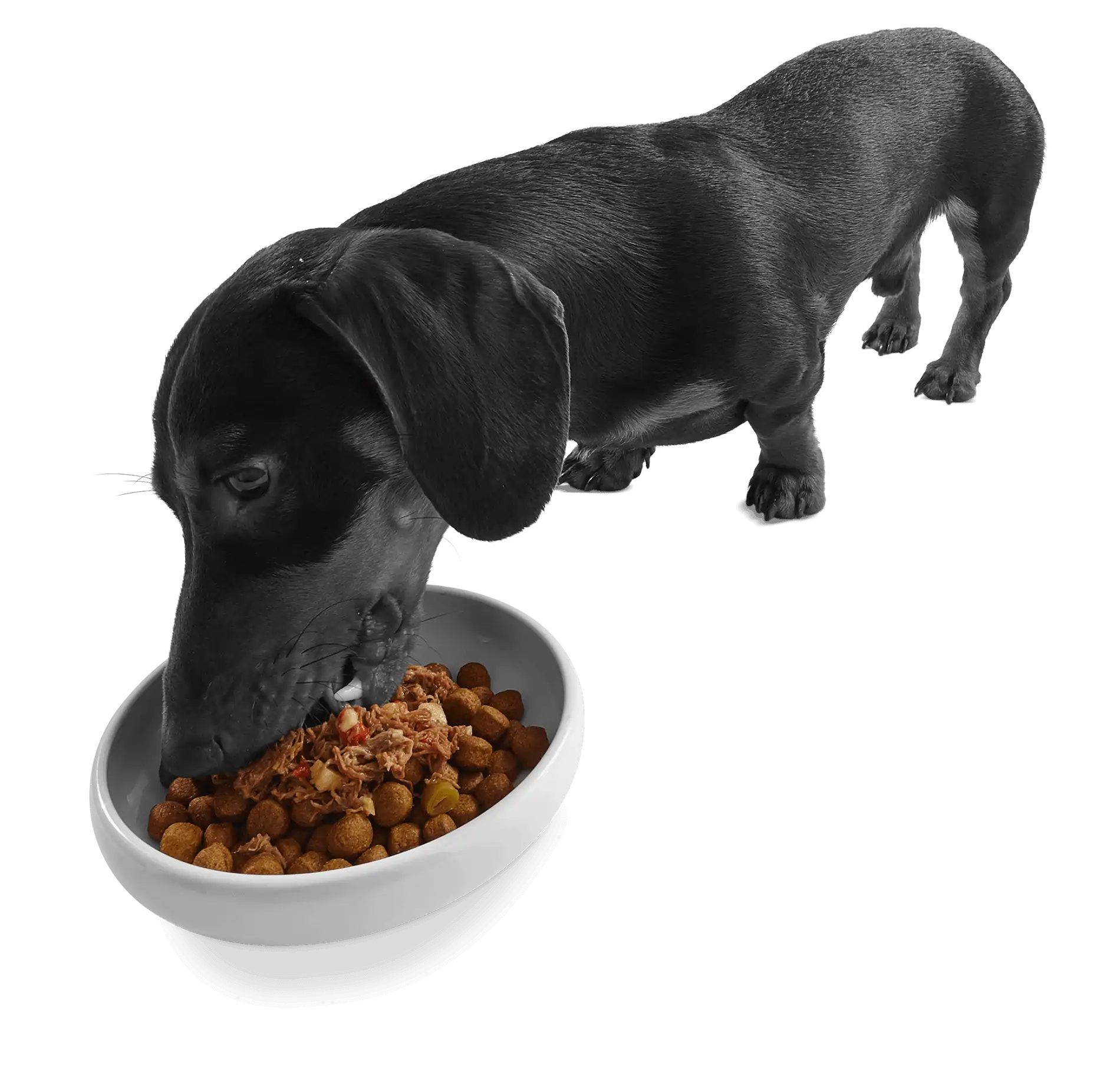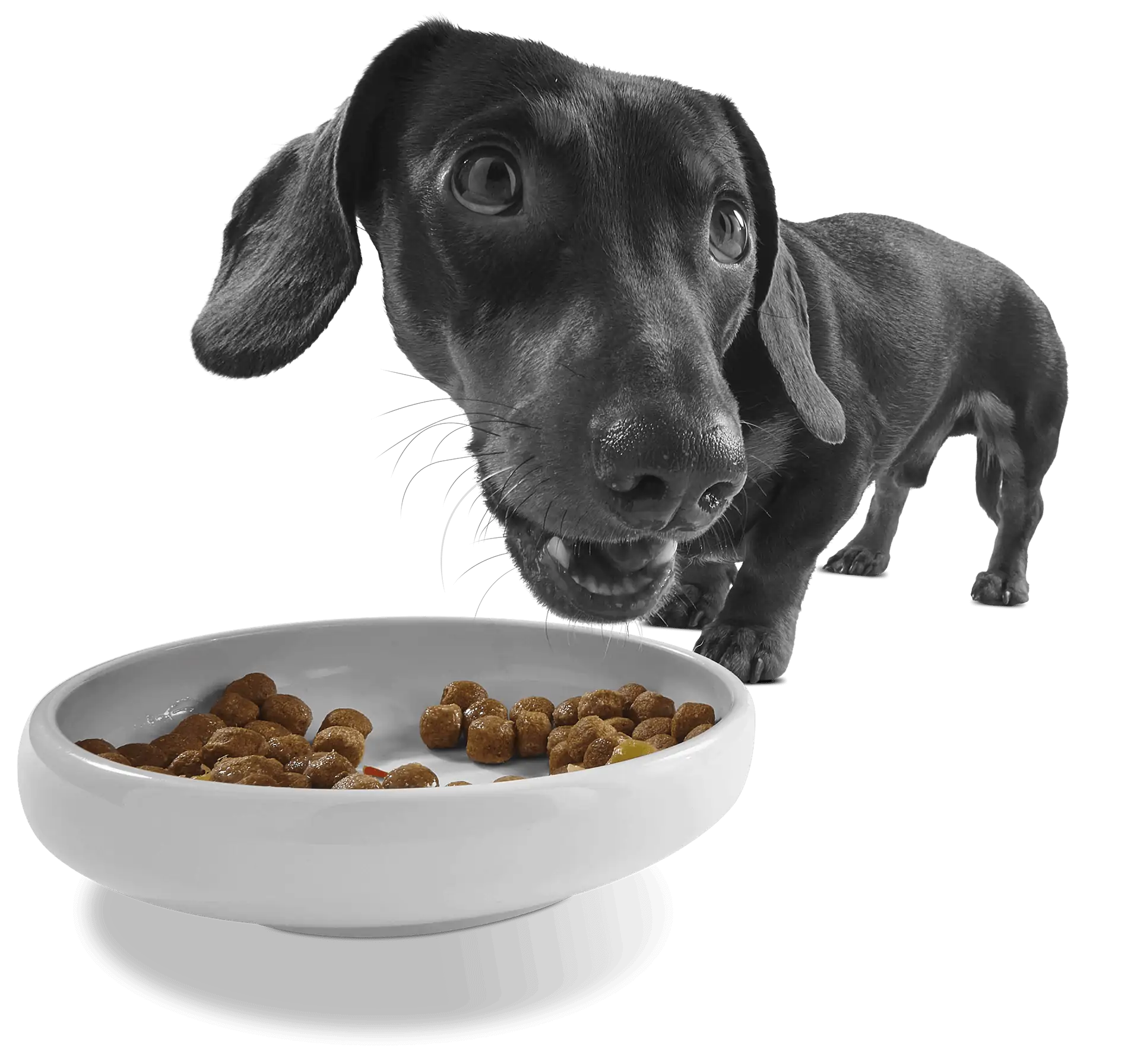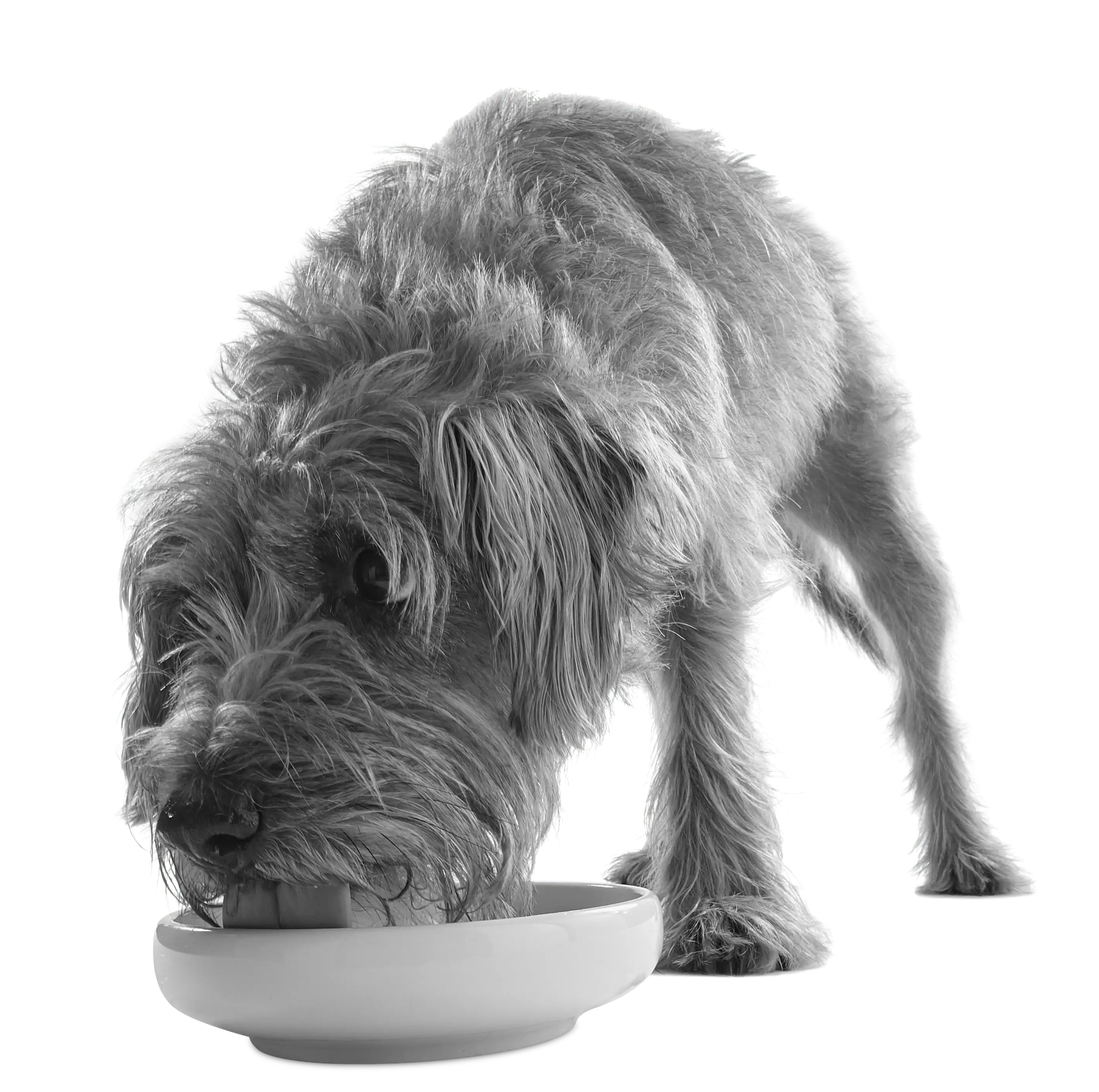Nobody likes to exert themselves on a full tummy.
An army might march on its stomach, but it isn’t wise for your pet to do the same.
Finding the balance between fueling your four-legged friend and taking them out for ‘walkies’ is essential.
Exercising immediately after eating can cause bloating and, in extreme cases, gastric dilatation and volvulus (GDV).
Once your dog has sat down to a yummy, nutritious and well-balanced meal – packed with all the goodness required to service a cardio blast – allow them to rest for a couple of hours, though this can be reduced to an hour (small meal) or 30 minutes (snack), depending on portion sizes.
When they’ve had time to settle, and their digestive systems have had a chance to start working their magic, then you can reach for their lead and get your fur babies out into the open for a rejuvenating hit of fresh air.
3 reasons why you should give time between your dog eating and taking them for a walk
- Bloating. Light exercise, such as walking, straight after eating can cause a buildup of gas in the stomach, which causes a feeling of heaviness and bloatedness, as their guts swell like a balloon. This excess intestinal gas can cause tummy pain, which isn’t pleasant for our pets. Give your fur baby time for their food to settle before allowing them to increase their daily step count.
- Sickness. You probably wouldn’t go out for a brisk stroll, a gentle jog or a more rigorous run if you had just tucked into a meal, so it’s only right that you grant your furry flatmates the same courtesy. Exerting yourself straight after filling your face with food can lead to vomiting, and the same applies to our four-legged friends. It’s key to manage the time between empty plates and walks to the park.
- Blockages. Walking your dog on a full stomach can cause blockages and swelling, which could prove life-threatening if their condition isn’t treated immediately. Poor and mismanaged gut health can also inhibit circulation within the digestive tract and interrupt the process of food digestion, thus causing abdominal pain, discomfort, cramps and distress.
Can bloating ever be fatal for dogs?
Gastric dilatation-volvulus (GDV) is a serious condition and can prove fatal if left undiagnosed and untreated.
This form of ‘bloating’ occurs when a dog’s stomach is filled to capacity, either with food, gas or fluid, and twists.
It can blow up like a balloon, without warning, and can inflate at an alarming and rapid rate, which is when it becomes an emergency.
Stomach distension at its most severe can pile pressure on surrounding arteries while ‘twisting’ restricts the bloody supply to major organs in the body, which can lead to your four-legged friend going into shock.
Should I walk my dog before they eat/when they’re hungry?
Fasted exercise in the morning is perfectly fine for your cardio-craving canine, despite concerns that a brisk walk without fuel could leave them feeling weak and lethargic.
Every dog deserves a nutritious and well-balanced diet, which supports their growth and development, but it isn’t necessarily needed to provide energy for a mild workout.
Light activity, before food has passed their lips, will help your pup work up an appetite while they’re out on patrol, and then they can rest and recuperate after eating while letting their tummy settle.
However, try to wait around 30 minutes after walkies before serving them their scrumptious meal.
Always play it safe
If you wouldn’t go for a run, or workout at the gym, on a full stomach, then it would be unfair to expect your dog to do the same.
Feeding your furry flatmate immediately before exercise can be a health hazard, and it can be life-threatening in the most extreme cases.
Pet parents should even abstain from playtime with their pups after mealtime, or any other strenuous activity that might prove problematic.
Restricting your dog from exerting themselves for around two hours after eating will reduce the risk of bloating and GDV.
Playing it safe will give your pet the best of both worlds; the satisfaction of exercise and eating without the two colliding and causing discomfort.
If you liked this post, you may also enjoy:




